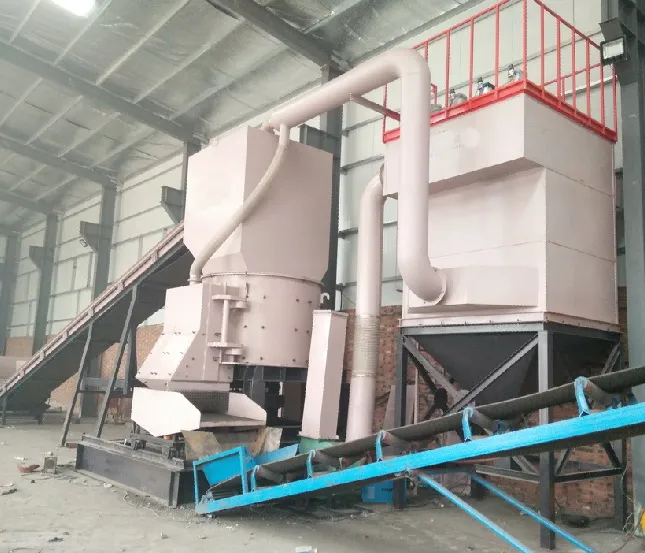In today's fast-paced industrial landscape, the demand for efficient materials recycling has never been more critical. Central to this process is the shredder metal machine, a cornerstone in modern waste management and recycling operations. With the right shredder metal machine, businesses can transform metal waste into reusable materials, significantly reducing their environmental footprint while boosting profitability.

Understanding the true capability of a shredder metal machine requires diving deeply into its design and function. These machines are engineered to effectively disassemble a wide variety of metal scrap, ranging from thin aluminum sheets to bulky steel beams. Their versatility is what sets them apart, allowing businesses to handle diverse recycling needs with a single piece of equipment.
When selecting a shredder metal machine, the first critical consideration is the type of metals being processed.
Each shredder is optimized for a specific range of materials. For instance, a machine designed to handle heavy-duty steel may not efficiently process soft metals like copper or aluminum. Thus, understanding your material composition is key to optimizing shredder performance and longevity.

The machine's cutting mechanism and speed are pivotal in defining its efficiency. The shredding process typically involves the use of sharp, high-strength steel blades or hammers that rotate at high speeds to tear the metal into smaller, manageable pieces. Advanced models offer customizable settings that adjust the rotation speed and cutting force, allowing operators to fine-tune the machine based on workload and material type. This not only enhances productivity but also minimizes wear and tear.
Safety is another paramount consideration when operating heavy machinery such as a shredder metal machine. Modern machines are equipped with a myriad of safety features—from emergency stop buttons to auto-reverse functions in case of jamming. Proper operator training and regular maintenance checks are essential to ensure these safety features function correctly, thus preventing workplace accidents and equipment damage.
shredder metal machine
From an economic perspective, investing in a shredder metal machine can significantly reduce operational costs. By processing and recycling metal waste in-house, companies eliminate the cost associated with external waste management services. Furthermore, the ability to turn scrap metal into raw materials opens up additional revenue streams, allowing businesses to sell these materials back to manufacturers for a profit.
The environmental impact of using a shredder metal machine cannot be overstated. Metal recycling conserves natural resources by reducing the need for virgin material extraction, and it lowers energy consumption in the manufacturing process. Given the growing emphasis on sustainability, businesses equipped with efficient recycling operations are better positioned to meet regulatory compliance and enhance their corporate social responsibility.
When investing in a shredder metal machine, choosing a reputable manufacturer is crucial. The quality and reliability of the machine are contingent upon expert engineering and high manufacturing standards. Opt for manufacturers with a strong track record of durability and customer support. A good after-sales service, including access to replacement parts and technical support, can significantly extend the machine's lifespan and operational efficiency.
Finally, it's important for decision-makers to consider the machine's compatibility with existing systems and workflows. Integration with other recycling equipment—such as conveyors, sorters, and balers—can streamline operations, providing a comprehensive and efficient waste management solution. Customization options also allow for a tailored setup that addresses specific operational needs, further enhancing productivity.
In conclusion, a shredder metal machine is more than just a piece of industrial equipment—it's a strategic investment in sustainability and efficiency. Businesses that embrace this technology position themselves as leaders in the responsible management of metal resources, contributing to a circular economy while reaping the financial benefits of reduced costs and new revenue opportunities. Selecting the right shredder metal machine involves a careful analysis of material requirements, operational safety, and manufacturer credibility, ensuring that the choice supports long-term sustainability and business growth.


